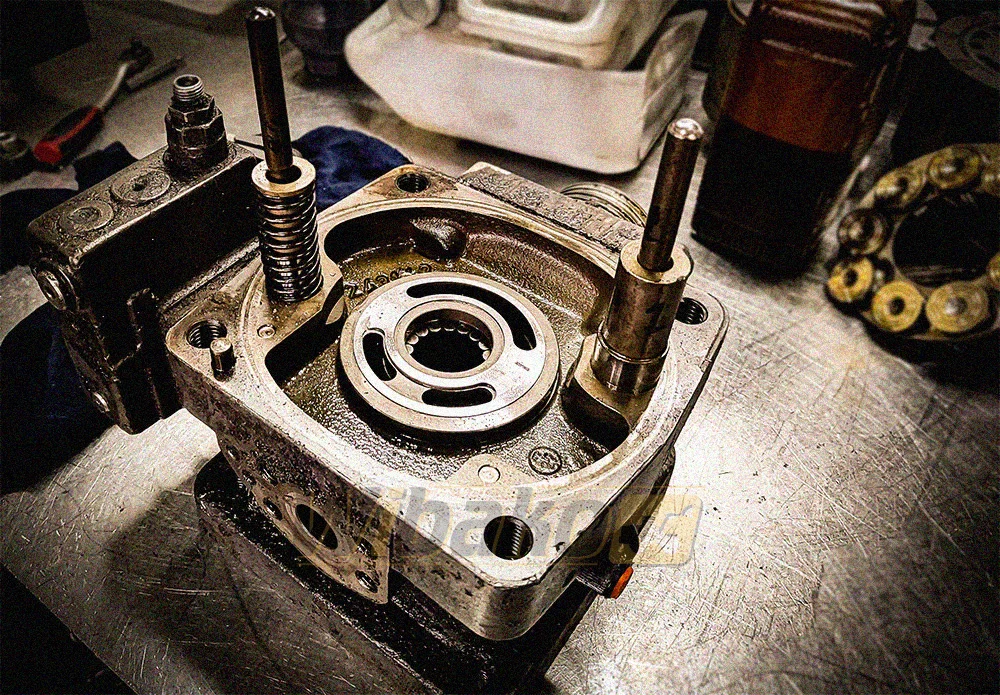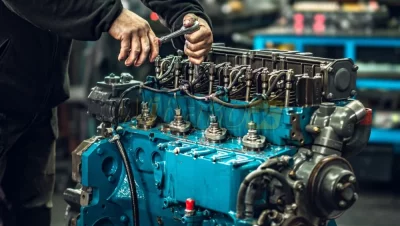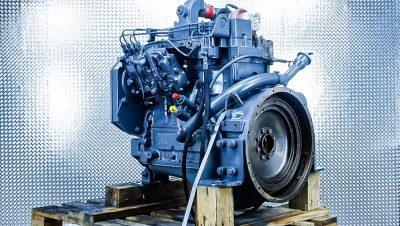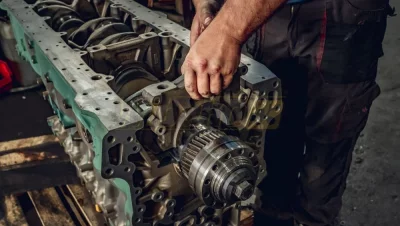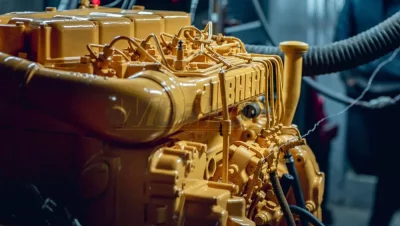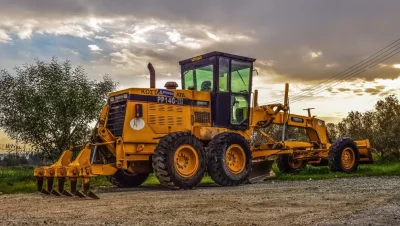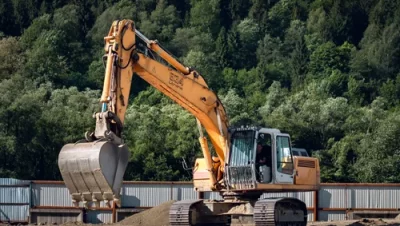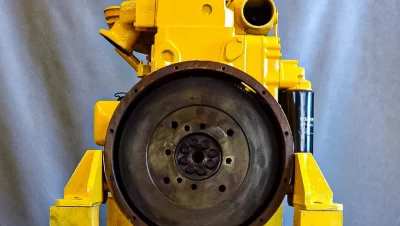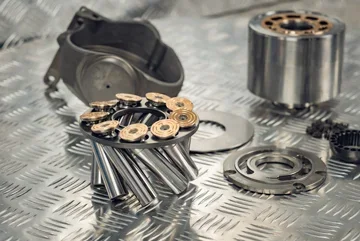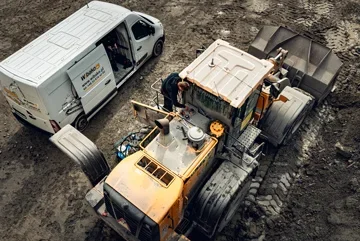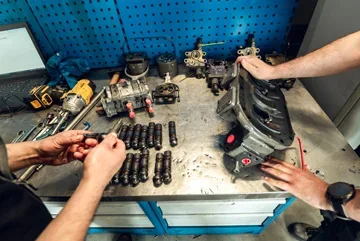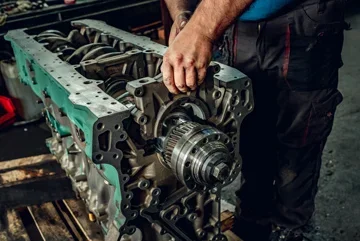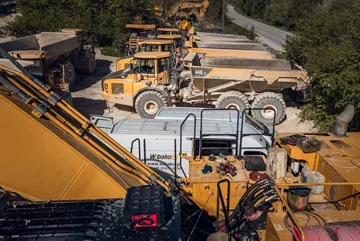Regular checking of hydraulics in the machine
The hydraulic system installed in a construction machine is an extremely complex system and the overall efficiency and performance of the machine depends on the proper operation of its individual elements.
If the equipment is not working properly, determining the source of the problem requires advanced diagnostics of hydraulic devices. In our guide, we explain what such an examination involves and why it should be entrusted to a specialist service.
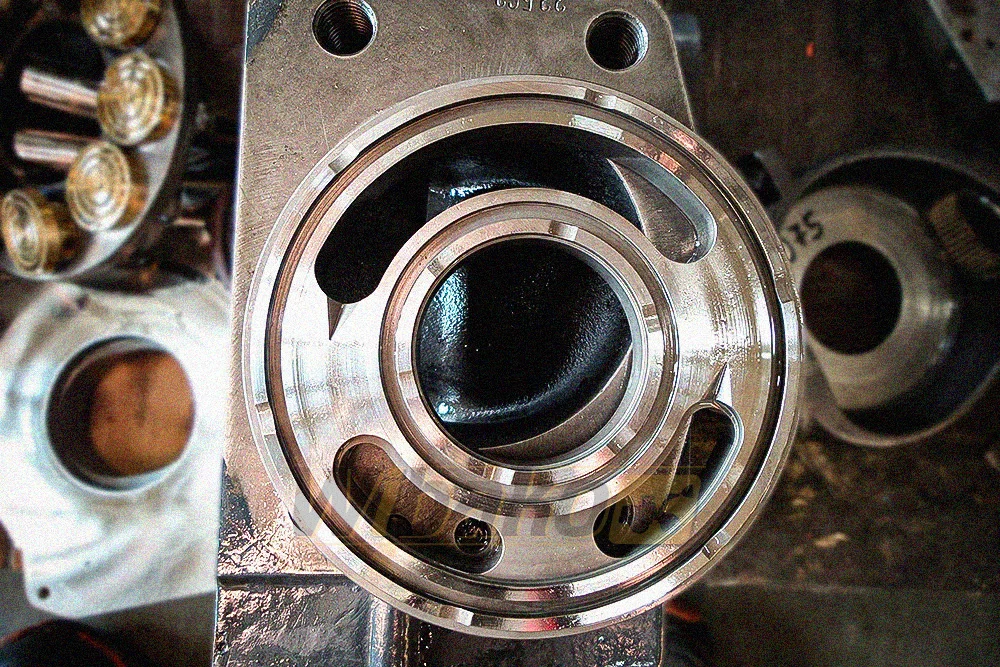
Operator's responsibility
The diagnosis of the hydraulic system actually starts with the operator and it is he who, having daily contact with the machine, can notice symptoms of a malfunction at a very early stage, which should be reported to the direct superior.
It is therefore worth sensitizing operators not to trivialize the first signs of failure, because a quick reaction sometimes means saving thousands of dollars.
Task for experts
Diagnosing the hydraulic system of a construction machine should not be equated with simply indicating the cause of the failure and replacing the damaged element. Of course, the goal of a specialist service is always to determine the source of the problem, but in the context of the entire system, not a small section.
Failures very rarely occur spontaneously and thanks to diagnostics, we can find out that some process in the machine is not working properly, which allows to avoid a malfunction in the future and improve performance parameters.
In order for this to be possible at all, the machine should first be entrusted to specialists, not amateur craftsmen. Diagnostic activities can only be undertaken by experienced mechanics who have professional, very advanced diagnostic equipment.
The most important factor indicating a professional diagnosis is that the service has a diagnostic station, popularly called a brake tester.
The diagnostic station consists of many elements, including advanced measuring equipment, and its accuracy is determined by the class of the instrument. At Wibako, we only use equipment with a permissible measurement error not exceeding 5%.
Of course, the diagnostic station cannot lack pressure gauges, including flexible pressure gauges for measuring static pressures, so-called Bourdon tube, liquid thermometers, manometric ones, etc.
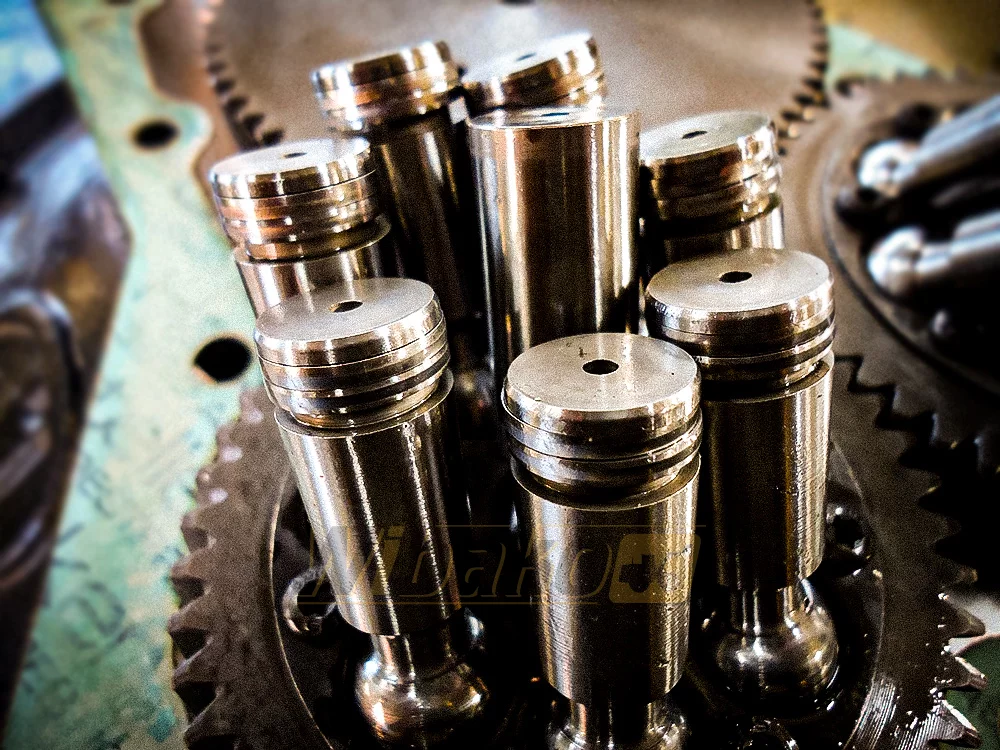
Proper diagnostics
The diagnostic process consists of several basic stages and none of them can be omitted. We always start with the analysis of the structural-functional design of a specific device.
The next step is to determine the parameters and select the appropriate diagnostic equipment, with the help of which the examination will be performed, and after determining all the circumstances, the experts draw conclusions and prepare a diagnostic protocol.
The diagnostic examination should be carried out with care for safety, first of all, people, and then the machine, and there are many tasks to be performed, which increases the risk of making mistakes.
The list of tasks is long, it includes, among others, measuring the pressure values at different points, detecting leaks, measuring the flow, working fluid temperature and its purity or checking oil filtration.
Experienced professionals who operate based on specialist knowledge and high-class diagnostic equipment are less likely to make critical mistakes.
Key to the proper conduct of the diagnostic procedure is understanding that the operation of individual elements of the hydraulic system is closely related. Therefore, we must look at the failure in a broad context, which will allow us not only to remove the malfunction, but also its cause.
